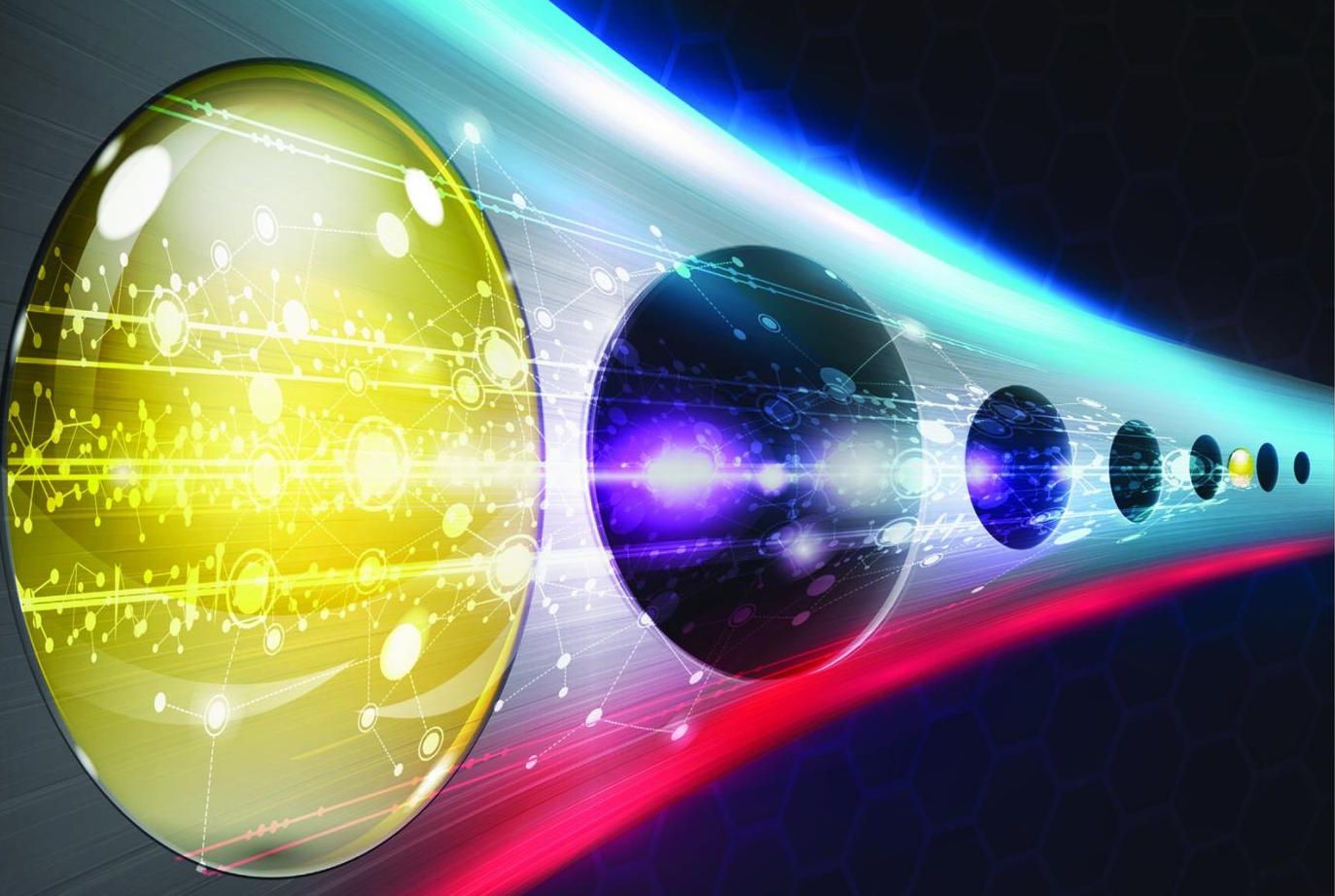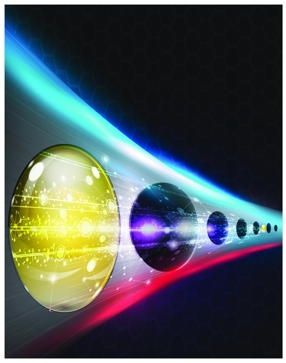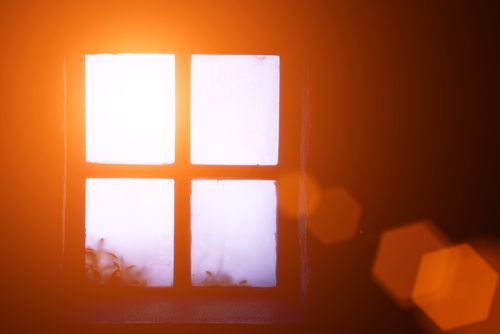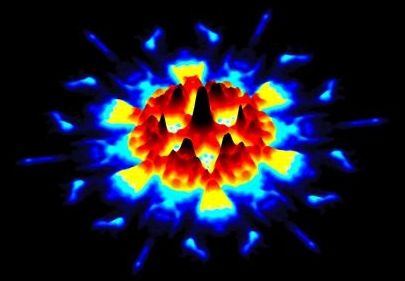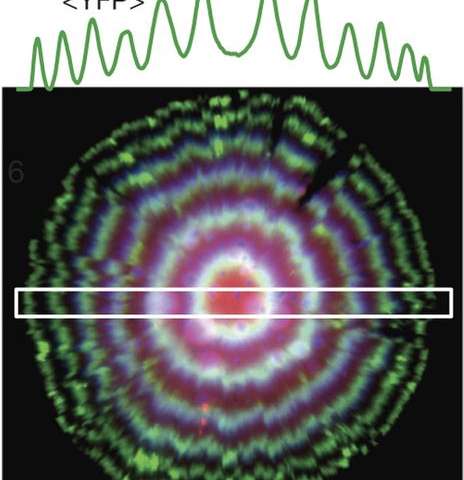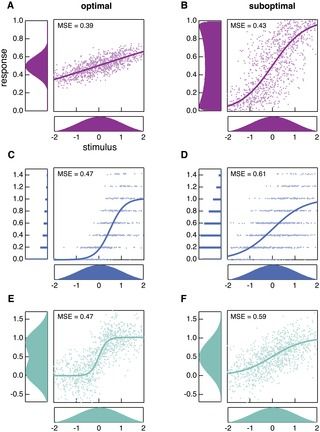Page 10788
Oct 15, 2016
Scientists claim to have discover what existed BEFORE the beginning of the universe
Posted by Karen Hurst in categories: cosmology, information science, mathematics, quantum physics
Nice.
There are many scientific and non-scientific varieties of the answer about what came before Big Bang. Some say there was literally nothing and some say a black hole or a multiverse. But now a group of mathematicians from Canada and Egypt have analyzed some cutting edge scientific theory and a complex set of equations to find what preceded the universe in which we live. Their research paper has been published in Nature.

Oct 15, 2016
Diamonds aren’t forever: Sandia, Harvard team create first quantum computer bridge
Posted by Karen Hurst in categories: 3D printing, computing, nanotechnology, quantum physics
Another article on the QC advancement; however, as I told folks synthetic diamonds are key plus the crystalized formation are proven to be very useful not only in QC processing; but also for the light-based (Quantum) networking. I see this only the beginning (as we have seen with Synthetic DNA data storage) for synthetic gem crystalize formations in their usage in technology. Hoping folks are checking out the 3D Printers creating these synthetics because we truly are on the path of seeing our world transform to new levels never imagined.
Abstract: By forcefully embedding two silicon atoms in a diamond matrix, Sandia researchers have demonstrated for the first time on a single chip all the components needed to create a quantum bridge to link quantum computers together.
“People have already built small quantum computers,” says Sandia researcher Ryan Camacho. “Maybe the first useful one won’t be a single giant quantum computer but a connected cluster of small ones.”
Oct 15, 2016
Chinese scientists achieve high-power quantum computing
Posted by Karen Hurst in categories: computing, military, particle physics, quantum physics
China’s latest work on QC.
If early mechanical computers were never introduced to expand people’s computing ability, the invention of the atomic bomb would have gone out the window, and human history would have been rewritten.
This highlights the significance of computer simulation in scientists’ exploration of the physical world, which also explains their strong motivation in continuously pursuing higher computing power.
Continue reading “Chinese scientists achieve high-power quantum computing” »
Oct 15, 2016
Teleporting Toward a Quantum Internet
Posted by Karen Hurst in categories: encryption, internet, mobile phones, quantum physics
New experiments in Calgary tested quantum teleportation in actual infrastructure, representing a major step forward for the technology.
Quantum physics is a field that appears to give scientists superpowers. Those who understand the world of extremely small or cold particles can perform amazing feats with them — including teleportation — that appear to bend reality.
The science behind these feats is complicated, and until recently, didn’t exist outside of lab settings. But that’s changing: researchers have begun to implement quantum teleportation in real-world contexts. Being able to do so just might revolutionize modern phone and Internet communications, leading to highly secure, encrypted messaging.
Oct 15, 2016
Los Alamos research team develops new quantum dot solar procedures
Posted by Karen Hurst in categories: internet, quantum physics, solar power, sustainability
Los Alamos is the 1st place where QC Internet was launched.
A research team from Los Alamos National Laboratory published a paper in the journal Nature Energy this week that demonstrates an effective method for scaling up quantum dot solar power technology from production models to full-sized windows that could power a building.
“We are developing solar concentrators that will harvest sunlight from building windows and turn it into electricity, using quantum-dot based luminescent solar concentrators,” lead scientist and leader of the Los Alamos Center for Advanced Solar Photophysics (CASP) Victor Klimov said.
Continue reading “Los Alamos research team develops new quantum dot solar procedures” »
Oct 15, 2016
Physics Breakthrough: Quasiparticle Formation Was Observed for the First Time Ever
Posted by Karen Hurst in categories: particle physics, quantum physics
In Brief:
- Normally formation happens in attoseconds and an attosecond is to a second what a second is to about 31.71 billion years.
- Further study of the particle could lead to quantum processors and ultra-fast electronics.
Oct 15, 2016
The Astonishing Healthcare Tech of the Future Is Arriving
Posted by Karen Hurst in categories: biotech/medical, singularity
This week in San Diego, Singularity University hosted its annual Exponential Medicine conference. The conference aims to connect the dots between healthcare disciplines and cutting-edge tech by convening medical practitioners, technologists, entrepreneurs, and over 80 expert speakers from the field.
It’s easy to say “healthcare is broken” and call it a day, but a quote from brilliant thinker Maria Popova reminds us of the power of optimism to create change:
Oct 15, 2016
Researchers improve accuracy of synthetic clock
Posted by Karen Hurst in categories: bioengineering, biotech/medical, genetics
Nice.
(Phys.org)—A team of researchers with Harvard University and the University of Cambridge has successfully improved the accuracy of a synthetic clock known as a repressilator. In their paper published in the journal Nature, the team describes the steps they took to reduce the amount of noise in the biological system and how well it worked. Xiaojing Gao and Michael Elowitz with the California Institute of Technology offer a News & Views piece on the work done by the team and explain how their results could improve understanding of natural gene circuits.
Scientists have noted the high precision that some living cells demonstrate in keeping track of time, such as those that are part of the circadian clock, and have tried to duplicate the process. Sixteen years ago, Michael Elowitz and Stanislas Leibler developed what is now known as the repressilator—a synthetic oscillating genetic circuit. Their results demonstrated that it was possible for genetic circuits to be designed and built in the lab. The resulting circuit functioned, but was noisy, and therefore much less accurate than natural cell clocks. In this new effort, the researchers improved several of the design steps of the repressilator, each greatly reducing the amount of noise, and in so doing, increased the precision.
Continue reading “Researchers improve accuracy of synthetic clock” »
Oct 15, 2016
How Do Efficient Coding Strategies Depend on Origins of Noise in Neural Circuits?
Posted by Karen Hurst in category: robotics/AI
For decades the efficient coding hypothesis has been a guiding principle in determining how neural systems can most efficiently represent their inputs. However, conclusions about whether neural circuits are performing optimally depend on assumptions about the noise sources encountered by neural signals as they are transmitted. Here, we provide a coherent picture of how optimal encoding strategies depend on noise strength, type, location, and correlations. Our results reveal that nonlinearities that are efficient if noise enters the circuit in one location may be inefficient if noise actually enters in a different location. This offers new explanations for why different sensory circuits, or even a given circuit under different environmental conditions, might have different encoding properties.
Citation: Brinkman BAW, Weber AI, Rieke F, Shea-Brown E (2016) How Do Efficient Coding Strategies Depend on Origins of Noise in Neural Circuits? PLoS Comput Biol 12(10): e1005150. doi:10.1371/journal.pcbi.1005150
Editor: Jeff Beck, Duke University, UNITED STATES
